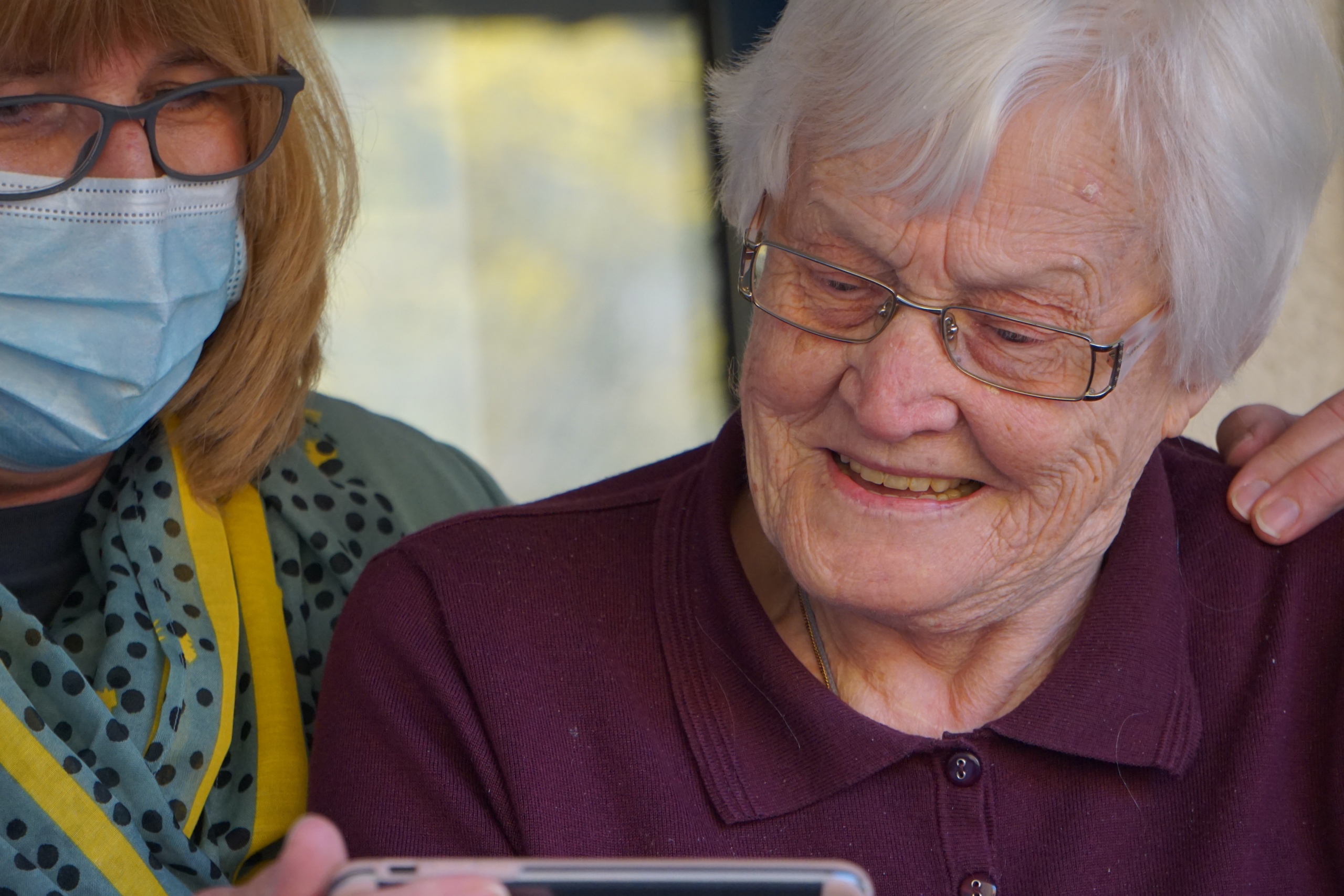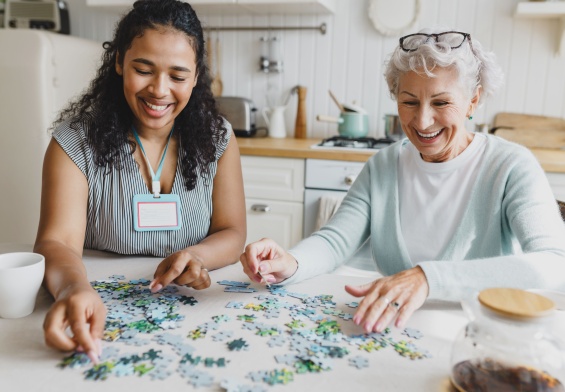With the Baby Boomer population aging, society is about to face an unprecedented amount of senior citizens that require some sort of in-home elder care. According to the United States Census Bureau, the 65+ age group will make up a growing portion of the entire population. In 2016, the United States in-home care market brought in $100 billion dollars and is estimated to hit $225 billion annually by 2024 due to the increase in senior citizens. With a shortage of in-home caregivers, a rapidly growing elderly population, and the preponderance of chronic illnesses, the United States elder care industry is in desperate need of a makeover.
What exactly is elder care?
The age at which you officially become a senior citizen is highly subjective. Medicare suggests that you become a senior at the age of 65, while the Social Security Office lists 67 as the age. Regardless of age, elder care has taken on many forms in the United States. A very popular type of elder care is assisted living, also often referred to as senior living. At these locations, caregivers assist those who are unable to live on their own. Although assisted living facilities are not limited to just seniors, they do make up the majority of people in these communities. Another type of elder care is in-home care, which is when a nurse or other aide goes to the patient’s home to help them with things they struggle doing independently.
Are there challenges when it comes to elder care?
Growing older is not an easy task- it can be quite difficult, both mentally and physically. Some of the most common physical ailments that plague the elderly population includes illnesses like arthritis and osteoporosis, making it hard for them to live independently. Although not as common, Alzheimer’s and dementia also negatively affect the senior population and cause them to need some sort of elder care.
According to the Population Reference Bureau (PRB), noted that the elderly population would only continue to grow larger. The PRB estimates that the number of American citizens 65+ will more than double from 46 million in 2016 to over 98 million by the year 2060. This means that senior citizens will go from making up 15% of the population to 24%. This raises one of the biggest challenges brought upon by the growing demand for elder care: long-term sustainability.
With rising patient volume due to COVID-19, the growing population of the elderly will not help this one bit. This increase in patient volume will further exacerbate the existing labor shortage in the elder care field. By 2025, it is estimated that in-home care providers will have to deal with a shortage of around 500,000 in-home caregivers, 100,000 nursing assistants, and 29,000 nurse practitioners.
Digitization in elder care
While the labor shortage and sustainability issues are definitely a cause for concern, the increase in digitization and “telehealth” can help to fix this. New digital healthcare technologies can lower costs, improve the quality of care, and engender a more sustainable business model for elder care.
Telehealth has proven to be one of the most impactful technologies in both assisted living and home care. Even before the coronavirus pandemic, elder care already started integrating technology into their business model. From smartphones and laptops with larger buttons and displays designed for easier use to personal emergency response service tools (example: Life Alert”), technology has been utilized to solve many problems.
After seeing the success of some of the earlier methods of telehealth, more healthcare providers are starting to embrace the digitization of the elder care industry. Senior citizens can have access to their entire care team (including doctors!) remotely using technology without having to leave the comforts of their own homes. There are also wearable devices with sensors that let physicians monitor senior patients more efficiently.
Some assisted living homes have started turning into smart assisted living homes with the use of smart technology. Voice assistants like the Google Home and Amazon Echo can be used to help senior citizens remember their daily schedules, like mealtimes, medicine, and appointments. Seniors can even use smart pillboxes to help with timing of medication and dosage control. Some doctors are actually using smart clothing as a way to monitor their patients’ movements or to alert a care team if they fall. Some other telehealth devices include motion detectors, smart mattresses, and even personal robots.
Conclusion
As the overall population continues to age, the market for elder care will continue to increase drastically. According to the AARP, the amount of senior citizens who will need additional care will go from 14% of the senior population in 2010 to 21% of them by 2050. With issues concerning long-term sustainability of the elder care business model, the introduction of digital technologies and telehealth systems shows some promise. The elder care industry, although not without its difficulties, has proven to be a lucrative industry that is only going to become more profitable with telehealth.




